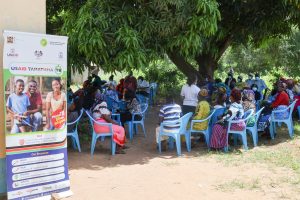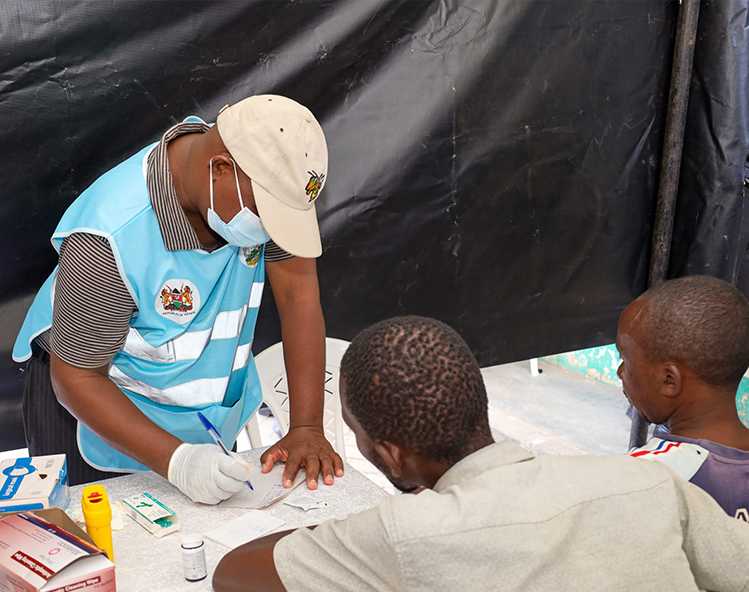In a significant stride towards eradicating tuberculosis (TB), Kenya participated in a global campaign initiated by StopTB Partnership dubbed “AI against TB Screening Challenge” between March and May 2025. The campaign involved the deployment of artificial intelligence (AI)-powered chest X-ray technology for TB screening.
Ten counties – Nairobi, Kitui, Meru, Homa Bay, Kisumu, Migori, Turkana, Murang’a, Mombasa, and Siaya participated in the global campaign for a period of 7 days. The campaign was aimed at enhancing early TB detection and treatment, leveraging AI-powered image analysis to revolutionize the screening process.
Transforming TB Detection with AI Technology
Traditional TB screening methods often rely on symptom-based assessments, which poses the risk of missing asymptomatic cases. The integration of AI into chest X-ray analysis addresses this gap by providing rapid, accurate interpretations of radiographic images. AI algorithms can detect subtle signs of TB on imaging that might be overlooked by the human eye, ensuring more comprehensive screening outcomes.
In Turkana County, a four-day free TB screening event held in California Market and Canaan Village utilized AI-powered chest X-rays to screen over 500 residents. The swift, non-invasive procedure yielded rapid results, facilitating prompt linkage to care for individuals who tested positive.
The impact of the campaign was tangible:
- 9,344 individuals screened

- 3,191 presumptive TB cases identified
- 1,804 investigated with WHO-recommended molecular diagnostics
- 266 TB cases diagnosed
- 100% treatment initiation rate
The AI tools demonstrated high diagnostic precision, with a 14.8% positivity rate among those tested. In Nairobi, the campaign recorded the highest number of diagnosed cases (50), followed closely by Murang’a (44). The high linkage-to-care rate underscores the campaign’s efficiency in converting screening into treatment.
Community Engagement and Testimonials
The success of the AI against TB screening campaign was not only hinged on technological innovation but also on community participation. Community Health Promoters conducted door-to-door sensitization of the screening activities which helped to raise awareness about the services available and to mobilize members of the public to visit the various screening stations. Mobile screening units were stationed at accessible public and health facilities, ensuring widespread reach.
Joyce, a participant in the screening program, shared her experience: “It was quick and painless. I felt safe and informed!” Her testimonial underscores the community’s positive reception of the new technology and its role in demystifying TB screening.
National Impact and Future Prospects
Across the ten participating counties, over 9,000 individuals were reached, marking a significant achievement in Kenya’s fight against TB. The deployment of AI technology not only enhanced diagnostic accuracy but also streamlined the screening process, allowing for efficient identification and treatment of TB cases.
Kenya’s engagement in the AI TB Screening Challenge aligns with global health strategies advocating for the integration of digital technologies in disease management. By adopting AI-powered diagnostic tools, the country demonstrates a commitment to modernizing its healthcare infrastructure and improving patient outcomes.
Conclusion
The AI against TB screening challenge has set a precedent for innovative healthcare solutions in Kenya. By combining advanced technology with community-centered approaches, the initiative has strengthened TB detection and treatment efforts. As Kenya continues to invest in such transformative health interventions, it moves closer to achieving its goal of eliminating TB as a public health threat.
For more information on TB screening and treatment services in Kenya, please visit the National TB and Leprosy Program official website or contact your local health facility.

